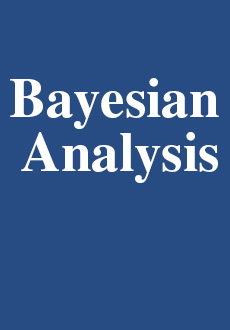Abstract
A Multiregression Dynamic Model (MDM) is a class of multivariate time series that represents various dynamic causal processes in a graphical way. One of the advantages of this class is that, in contrast to many other Dynamic Bayesian Networks, the hypothesised relationships accommodate conditional conjugate inference. We demonstrate for the first time how straightforward it is to search over all possible connectivity networks with dynamically changing intensity of transmission to find the Maximum a Posteriori Probability (MAP) model within this class. This search method is made feasible by using a novel application of an Integer Programming algorithm. The efficacy of applying this particular class of dynamic models to this domain is shown and more specifically the computational efficiency of a corresponding search of 11-node Directed Acyclic Graph (DAG) model space. We proceed to show how diagnostic methods, analogous to those defined for static Bayesian Networks, can be used to suggest embellishment of the model class to extend the process of model selection. All methods are illustrated using simulated and real resting-state functional Magnetic Resonance Imaging (fMRI) data.
Citation
Lilia Costa. Jim Smith. Thomas Nichols. James Cussens. Eugene P. Duff. Tamar R. Makin. "Searching Multiregression Dynamic Models of Resting-State fMRI Networks Using Integer Programming." Bayesian Anal. 10 (2) 441 - 478, June 2015. https://doi.org/10.1214/14-BA913
Information





